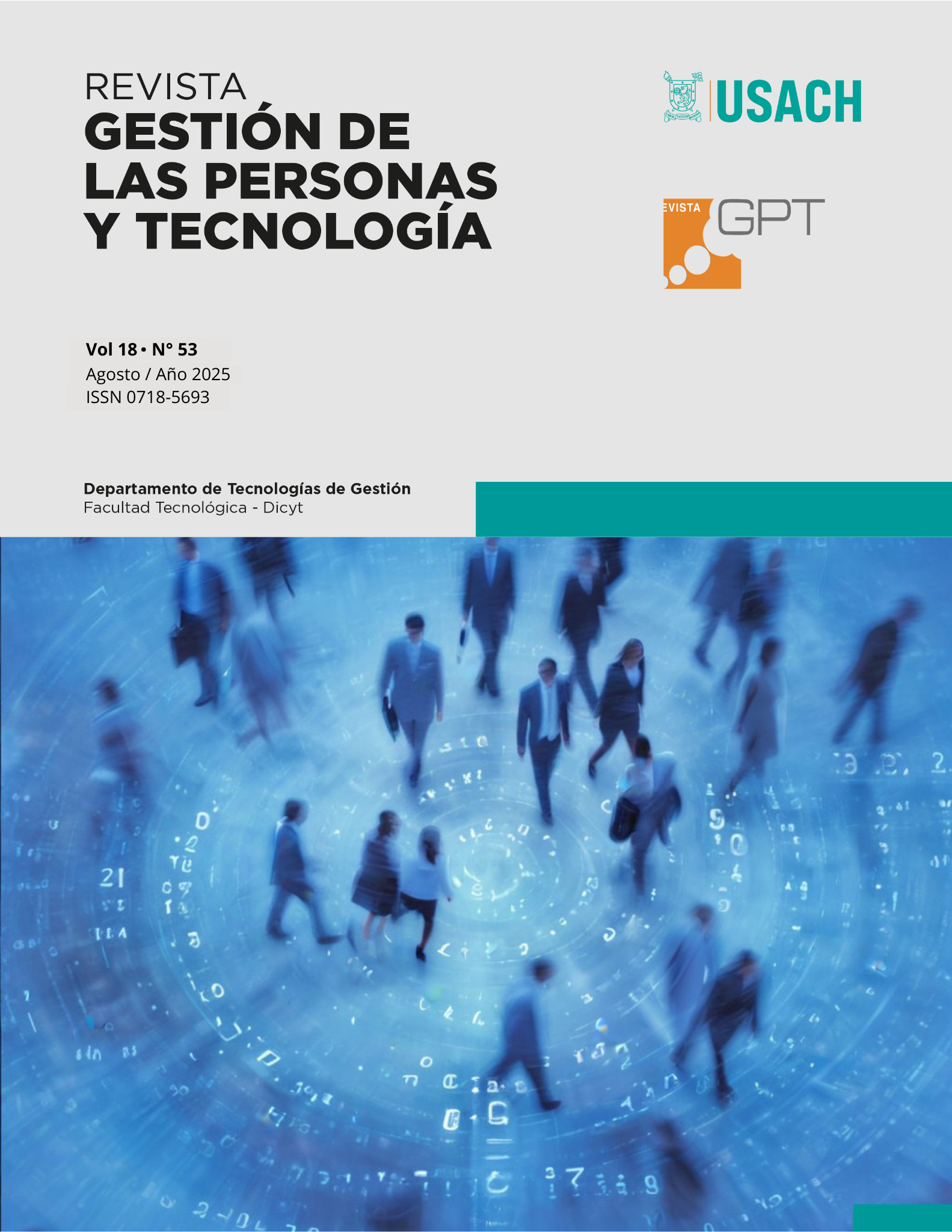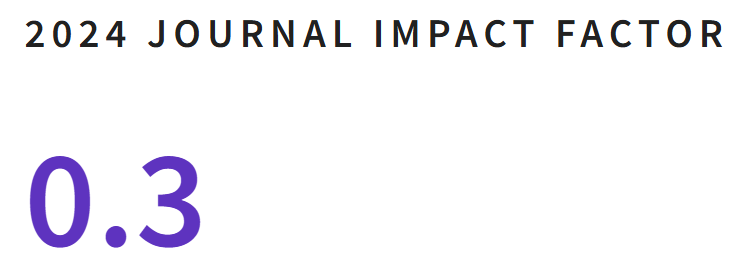Percepción de alumnos sobre el agente conversacional para innovar el proceso educativo de la programación Python
DOI:
https://doi.org/10.35588/s9mpgc07Palabras clave:
Agente conversacional, educación superior, enseñanza, TICResumen
El objetivo general de esta investigación mixta es analizar la percepción de los alumnos sobre el uso del Agente Conversacional para la Programación de Python (ACPP) considerando la ciencia de datos. La muestra está conformada por 25 estudiantes de la Licenciatura en Ciencias de la Tierra que cursaron la asignatura Herramientas Computacionales durante el ciclo escolar 2025 en la Universidad Nacional Autónoma de México (UNAM). Asimismo, se utilizó otra muestra conformada por 5 profesores que estudian la Maestría en Docencia para la Educación Media Superior, UNAM. Los resultados indican que el ACPP favorece los aspectos del aprendizaje, la motivación y el entusiasmo. Asimismo, el algoritmo árbol de decisión creó 2 modelos de pronóstico considerando el estilo de aprendizaje, el sexo y las habilidades tecnológicas. En conclusión, el ACPP representa una alternativa tecnológica para la innovación educativa debido a que los estudiantes pueden comunicarse con este agente conversacional en cualquier hora del día sin importar el lugar físico.
Descargas
Referencias
Almarashdi, H. S., Jarrah, A. M., Abu-Khurma, O. y Gningue, S. M. (2024). Unveiling the potential: A systematic review of ChatGPT in transforming mathematics teaching and learning. Eurasia Journal of Mathematics, Science and Technology Education, 20(12), em2555. https://doi.org/10.29333/ejmste/15739
Basarir, L. (2022). Modelling AI in Architectural Education. Gazi University Journal of Science, 35(4), 1260-1278. https://doi.org/10.35378/gujs.967981
Granda-Piñan, A. R., Alameda-Villarrubia, A. y Mengual-Andrés, S. (2024). Teachers’ perceptions on the effect of in-service training in Innovative Learning Environments on the implementation of student-centred approaches. IJERI: International Journal of Educational Research and Innovation, (22), 1-13. https://doi.org/10.46661/ijeri.10636
Hays, J. D., Pfirman, S., Blumenthal, B., Kastens, K. y Menke, W. (2000). Earth science instruction with digital data. Computer & Geosciences, 6, 657-668. https://doi.org/10.1016/S0098-3004(99)00101-6
Hibert, C., Mangeney, A., Grandjean, G. y Baillard, C. (2014). Automated identification, location, and volume estimation of rockfalls at Piton de la Fournaise volcano. Journal of Geophysical Research: Earth Surface. JGE Earth Surface, 119, 1082-1105. https://doi.org/10.1002/2013JF002970
Kerimbayev, N., Adamova, K., Shadiev, R. y Altinay, Z. (2025). Intelligent educational technologies in individual learning: a systematic literature review. Smart Learning Environments, 12, 1. https://doi.org/10.1186/s40561-024-00360-3
Kilinc, S. (2024). Comprehensive AI assessment framework: Enhancing educational evaluation with ethical AI integration. Journal of Educational Technology and Online Learning, 7, 521-540. https://doi.org/10.31681/jetol.1492695
Lee, G. G., Mun, S., Shin, M. K. y Zhai, X. (2025). Collaborative Learning with Artificial Intelligence Speakers. Science & Education. https://doi.org/10.1007/s11191-024-00526-y
Lin, C. C., Huang, A. Y. Q., y Lu, O. H. T. (2023). Artificial intelligence in intelligent tutoring systems toward sustainable education: a systematic review. Smart Learning Environments, 10, 41. https://doi.org/10.1186/s40561-023-00260-y
Mazzeo, O., Monacis, L. y Contini, P. (2025). Academic success in synchronous online learning environments. Turkish Online Journal of Distance Education, 26(1), 16-28. https://doi.org/10.17718/tojde.1444067
Orok, E., Okaramee, C., Egboro, B. y Akawa. B. (2024). Pharmacy students’ perception and knowledge of chat-based artificial intelligence tools at a Nigerian University. BMC Medical Education, 24, 1237. https://doi.org/10.1186/s12909-024-06255-8
Perea-Matins, J. E. M. (2024). Design of an electronic device in the STEAM context to relate results of physical measurements with sounds, and its analysis through science teachers’ perception. IJERI: International Journal of Educational Research and Innovation, (21), 1-21. https://doi.org/10.46661/ijeri.9391
Salas-Rueda, R. A. (2024). Análisis sobre las plataformas LMS considerando el deep learning y random forest. Revista Fuentes, 26(2), 134-146. https://doi.org/10.12795/revistafuentes.2024.24123
Salas-Rueda, R. A. y Alvarado-Zamorano, C. (2024). Teachers’ perceptions about the use of learning management systems during the covid-19 pandemic considering data science. Turkish Online Journal of Distance Education, 25(1), 260-272. https://doi.org/10.17718/tojde.1090350
Salas-Rueda, R. A., Castañeda-Martínez, R., Ramírez-Ortega, J. y Martínez-Ramírez, S. M. (2025). Use of the deep learning and decision tree techniques to analyze the incorporation of technology in the educational field. Digital Education Review, 46,26-39. https://doi.org/10.1344/der.2025.46.26-39
Sumi, S. M., Zaman, M. F. y Hirose, H. (2012). A rainfall forecasting method using machine learning models and its application to the fukuoka city case. International Journal of Applied Mathematics and Computer Science, 22, 841-854. https://doi.org/10.2478/v10006-012-0062-1
Sun, Z., Crystal-Ornelas, R., Mostafa-Mousavi, S. y Wang, J. (2022). A review of Earth Artificial Intelligence. Computers and Geosciences, 159, 105034. https://doi.org/10.1016/j.cageo.2022.105034
Tarisayi, K. y Manhibi, R. (2025). Revolutionizing Education in Zimbabwe: Stakeholder Perspectives on Strategic AI Integration. Journal of Learning and Teaching in Digital Age, 10(1), 87-93. https://doi.org/10.53850/joltida.1493508
Vasconcelos, M. A. R. y Dos-Santos, R. P. (2023). Enhancing STEM learning with ChatGPT and Bing Chat as objects to think with: A case study. Eurasia Journal of Mathematics, Science and Technology Education, 19(7), em2296. https://doi.org/10.29333/ejmste/13313
Descargas
Enviado
2025-02-26Publicado
Número
Sección
Licencia
Derechos de autor 2025 Revista Gestión de las Personas y Tecnología

Esta obra está bajo una licencia internacional Creative Commons Atribución 4.0.










